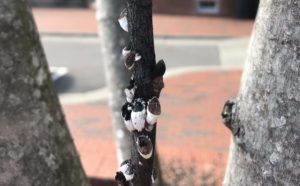
Watch for Cottony Cushion Scales
Cottony cushion scale is an exotic pest that has been in the US for over a century. Initially a …


El inglés es el idioma de control de esta página. En la medida en que haya algún conflicto entre la traducción al inglés y la traducción, el inglés prevalece.
Al hacer clic en el enlace de traducción se activa un servicio de traducción gratuito para convertir la página al español. Al igual que con cualquier traducción por Internet, la conversión no es sensible al contexto y puede que no traduzca el texto en su significado original. NC State Extension no garantiza la exactitud del texto traducido. Por favor, tenga en cuenta que algunas aplicaciones y/o servicios pueden no funcionar como se espera cuando se traducen.
Inglês é o idioma de controle desta página. Na medida que haja algum conflito entre o texto original em Inglês e a tradução, o Inglês prevalece.
Ao clicar no link de tradução, um serviço gratuito de tradução será ativado para converter a página para o Português. Como em qualquer tradução pela internet, a conversão não é sensivel ao contexto e pode não ocorrer a tradução para o significado orginal. O serviço de Extensão da Carolina do Norte (NC State Extension) não garante a exatidão do texto traduzido. Por favor, observe que algumas funções ou serviços podem não funcionar como esperado após a tradução.
English is the controlling language of this page. To the extent there is any conflict between the English text and the translation, English controls.
Clicking on the translation link activates a free translation service to convert the page to Spanish. As with any Internet translation, the conversion is not context-sensitive and may not translate the text to its original meaning. NC State Extension does not guarantee the accuracy of the translated text. Please note that some applications and/or services may not function as expected when translated.
Collapse ▲
Cottony cushion scale is an exotic pest that has been in the US for over a century. Initially a …
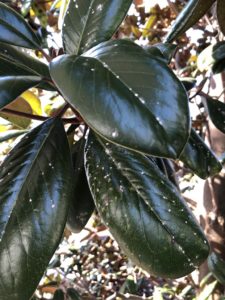
False oleander scale, Pseudaulacaspis cockerelli, is a tropical and subtropical pest originally from China. It is common throughout many …
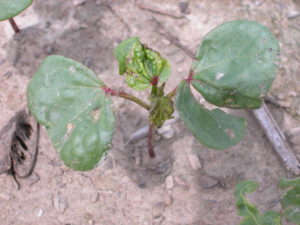
Lots of folks are wondering what to use downstream for thrips in cotton. It’s critical to not only get …

Exirel Insecticide (FMC Corporation) has recently received an expanded federal label which includes use in caneberries against spotted wing …
A new publication is now available to update a 1996 version concerning the European corn borer, a major pest …
Each year the Cotton Belt entomologists are polled concerning insecticide efficacy. You can find these by going to the …
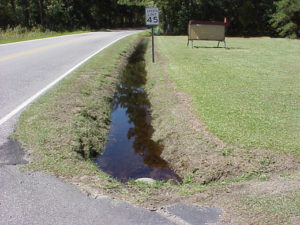
We are obviously not out of Hurricane or mosquito seasons quite yet (that’s a few weeks away). Hurricane Michael …
The N.C. Department of Agriculture and Consumer Services is offering assistance with pesticide and fertilizer disposal through the Pesticide …
The email included below was sent out from Jason Williams with the N.C. Department of Agriculture and Consumer Services’ Structural …
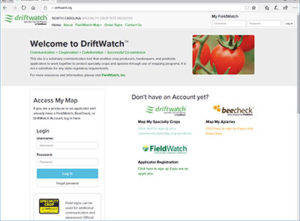
To follow up on David Tarpy’s post (Protective Measures of Beehives During Hurricanes), in the days and weeks following …
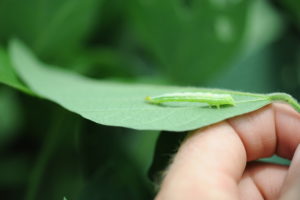
Soybean loopers have already shown up in coastal counties in higher numbers than usual. As this generation cycles through, …
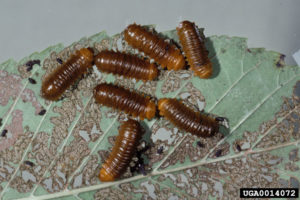
Elms have lots of pests. This week I have had several reports of larger elm leaf beetles, Monocesta coryli, …
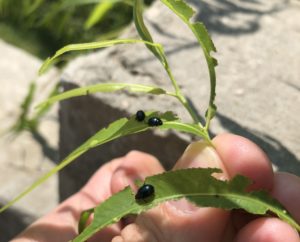
You can find a lot of damage on willows this time of year because imported willow leaf beetles have …

Another bollworm flight is on and, from the looks of it, there are many more moths in the system …

Article by Reisig and Collins To answer this question, you need to know when the field first reached cutout, which …

Oaks have hundreds of herbivores so it is no wonder that towards the end of summer some of the …

If you like to garden you probably like butterflies. You probably also grow some herbs like fennel, dill, or …

You might notice twigs on beech trees covered in a woolly sleeve. Get closer and it will begin to …

Oak lace bugs (Corythucha arcuata), like other lace bugs, cause stippling on leaves. Oak lace bugs, of course, feed …